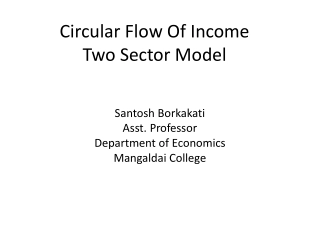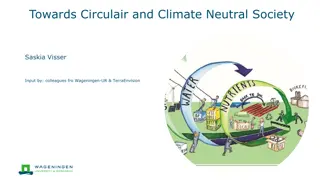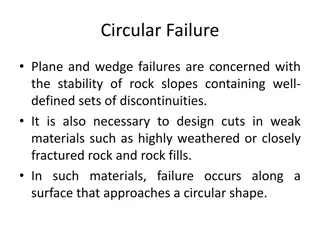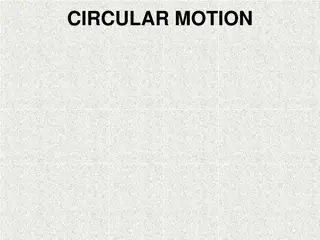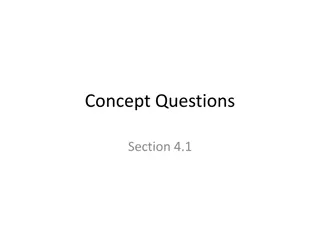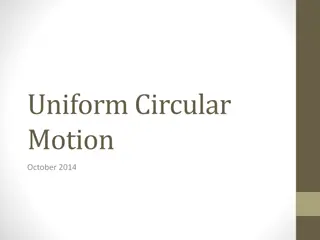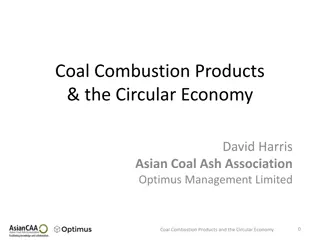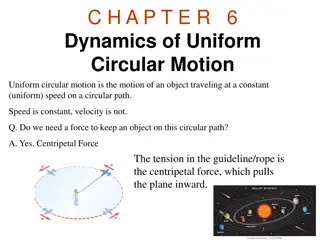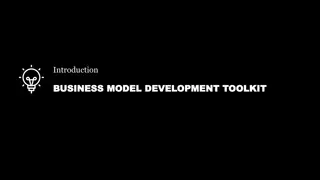Circular Flow Matrix and Factors of Production
Duplicate the Circular Flow Matrix, understand Factors of Production, and how decisions in markets impact goods and services produced by households, businesses, and government. Learn about real and money flows in factor and goods markets.
Download Presentation

Please find below an Image/Link to download the presentation.
The content on the website is provided AS IS for your information and personal use only. It may not be sold, licensed, or shared on other websites without obtaining consent from the author.If you encounter any issues during the download, it is possible that the publisher has removed the file from their server.
You are allowed to download the files provided on this website for personal or commercial use, subject to the condition that they are used lawfully. All files are the property of their respective owners.
The content on the website is provided AS IS for your information and personal use only. It may not be sold, licensed, or shared on other websites without obtaining consent from the author.
E N D
Presentation Transcript
August 30 , 2016 Good morning/afternoon Please get out your notes and something to write with. Duplicate the Circular Flow Matrix that appears on the board in your notes. (If you have different colored pens that may be helpful today).
Lets Review What are the four Factors of Production? What are consumer goods (consumption)? What are government goods? What are exports? Today, we are going to understand how the Factors of Production play a role in our households, business and government.
Circular Flow Model
THE CIRCULAR FLOWS Circular flow model (matrix) shows: o The circular flow of expenditures and incomes that result from decision makers choices and o The way those choices interact in markets determines what, how, and for whom goods and services are produced.
Households and Businesses Households and Businesses o Households are individuals or people living together as decision-making units. o Firms (businesses) are institutions that organize production of goods and services.
Markets Markets o A market is any arrangement that brings buyers and sellers together and enables them to do business. o Product (goods) markets: markets in which goods and services are bought and sold. o Resource (factor) markets: markets in which factors of production are bought and sold.
Real Flows and Money Flows In factor markets: Households supply factors of production Firms hire factors of production. In goods markets: Firms supply goods and services produced. Households buy goods and services.
Real Flows and Money Flows, contd. MONEY FLOWS Firms pay for the factors of production and households incomes for the services of factors of production. Households pay firms for the goods and services they buy which creates revenue for the businesses.. These are the money flows. Green flows are incomes. Red flows are expenditures.
Government in the Flow The federal government s major expenditures are to provide 1. Goods and services 2. Social Security and welfare benefits 3. Transfers to state and local governments o The federal government finances its expenditures by collecting taxes. o The main taxes are 1. Personal income taxes 2. Corporate (business) taxes 3. Social Security taxes o In 2008, the federal government spent $3 trillion about 21 percent of the total value of all the goods and services produced in the United States in that year (GDP or Gross Domestic Product). o Taxes raised less than $3 trillion the government had a deficit.
Governments in the Circular Flow Households and firms pay taxes and receive transfers. Governments both provide and buy goods and services.
Circular Flows in Global Economy Households and firms in the U.S. economy interact with households and firms in other economies in two main ways: They buy and sell goods and services. They borrow and lend. We call these two activities: International trade buying (imports), selling (exports) International finance borrowing and lending
Global Flow Households and firms in the U.S. economy interact with those in the rest of the world in goods markets and financial markets. The red flow shows the expenditure by Americans on imports of goods and services The blue flow show the expenditure by the rest of the world on U.S. exports (other countries imports The green flow shows U.S. lending to the rest of the world. The orange flow shows U.S. borrowing from the rest of the world.


